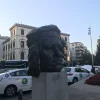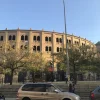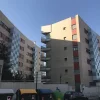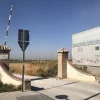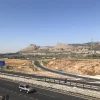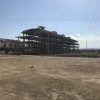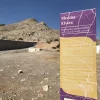I meant to start the Mozárabe later in the year but the way things look now I'm more likely to be in the region in mid-March, flying into Málaga on the 13th. I will only have less than 3 weeks so I can only do one a part of the walk and then come back later in the year. The question is, which part, given the weather?
Ideally, I would like to start in Santa Fe de Mondújar but I'm a bit worried I could have snow or worse higher in the Alpujarras. Looking at this thread, Erik Anderson ran into heavy snow around Huéneja later in March in 2017.
My plan B would be starting somewhere warmer and further down the road, probably closer to the Guadalquivir valley.
Granted, I could always wait until I arrive and then check the weather forecast. From Málaga I could easily reach Almería, Granada or Córdoba to start the walk. But I'd love to be able to do some planning beforehand.
So, does anyone have experience with walking the camino this time of the year? And which parts do you old hands think might be a problem in bad weather? I don't mind some snow every now and then but I'd rather not walk for days in bad weather higher in the mountains. So the bit after Peza and especially around the Blancares de la Rambla looks like the one to avoid. Anywhere else?
Ideally, I would like to start in Santa Fe de Mondújar but I'm a bit worried I could have snow or worse higher in the Alpujarras. Looking at this thread, Erik Anderson ran into heavy snow around Huéneja later in March in 2017.
My plan B would be starting somewhere warmer and further down the road, probably closer to the Guadalquivir valley.
Granted, I could always wait until I arrive and then check the weather forecast. From Málaga I could easily reach Almería, Granada or Córdoba to start the walk. But I'd love to be able to do some planning beforehand.
So, does anyone have experience with walking the camino this time of the year? And which parts do you old hands think might be a problem in bad weather? I don't mind some snow every now and then but I'd rather not walk for days in bad weather higher in the mountains. So the bit after Peza and especially around the Blancares de la Rambla looks like the one to avoid. Anywhere else?






